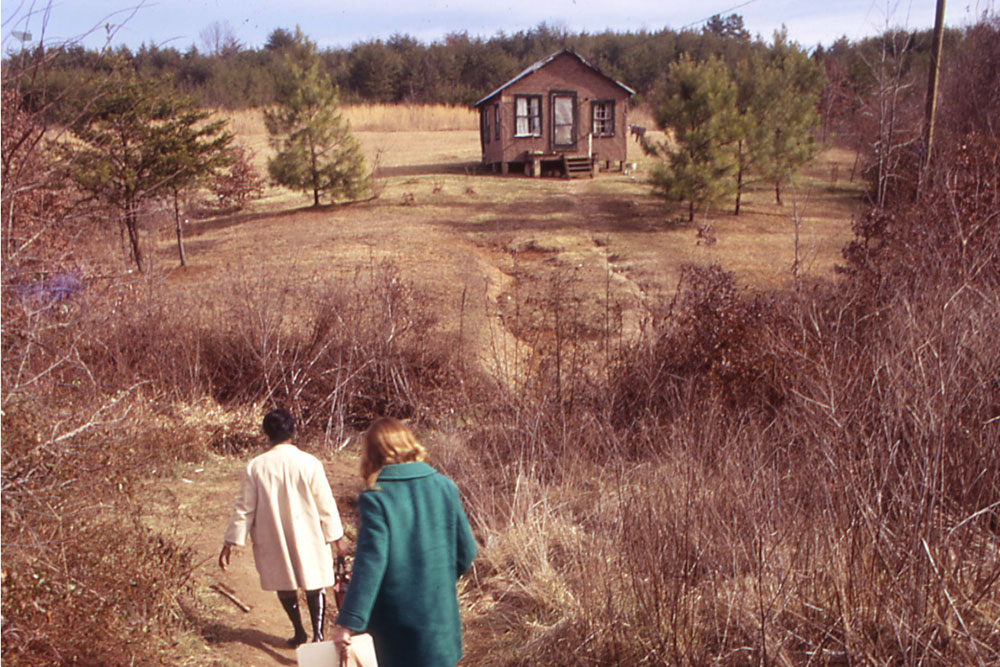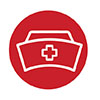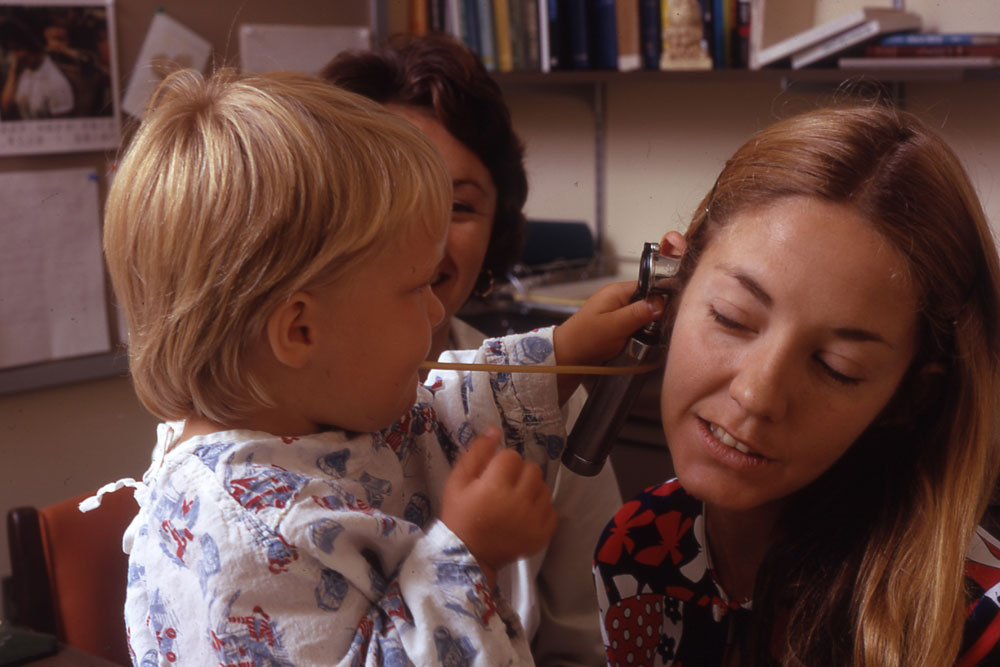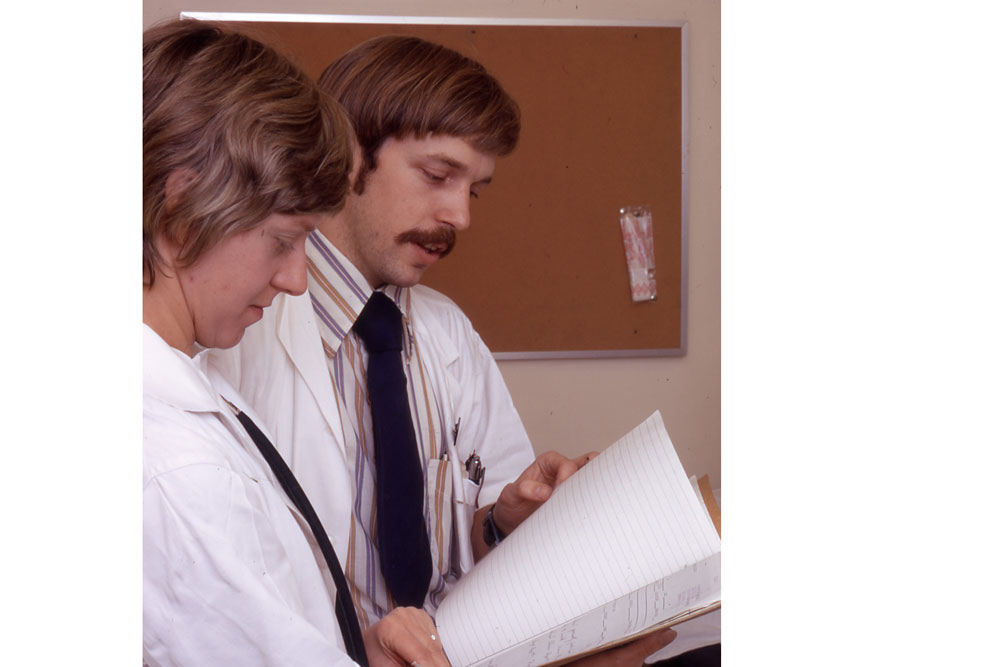When Nurse Practitioners Were New

 Today’s nurse practitioners do A LOT: diagnose, treat and manage patients, write prescriptions, and practice in collaboration with physicians – or not. Though NPs’ autonomy varies by state, last year’s passage of Virginia House Bill 793 loosened decades of practice restrictions for NPs with at least five years’ experience.
Today’s nurse practitioners do A LOT: diagnose, treat and manage patients, write prescriptions, and practice in collaboration with physicians – or not. Though NPs’ autonomy varies by state, last year’s passage of Virginia House Bill 793 loosened decades of practice restrictions for NPs with at least five years’ experience.
But master’s-educated nurses are a relatively recent phenomena rooted in a not-too-distant past when interest in social justice, health care equity, and rights for women, racial and ethnic minorities, and people living in poverty began to intensify.
These movements in the 1960s and `70s “created awareness of inadequate access to healthcare, and sparked a drive to explore innovative approaches to solving these problems,” explains PhD student Jonathan Yoder, who recently interviewed the UVA nurses who started the NP program. “A national consensus conceptualized health care as a right, and the expansion of health insurance both privately and through the 1965 enactment of Medicare and Medicaid enable more citizens to access those services.”
Nurse practitioners were “no longer saying, ‘the patient appears to be bleeding.' We were at the point we were ready to tell you what is was, how it was, and how to handle it."
Barbara Brodie, professor emerita, and among the founders of UVA's NP programs
UVA’s very first nurse practitioner program was established during a time of immense growth for NP programs: between 1965 and `73, 65 programs were launched around the U.S. (including the nation’s first NP program, at the University of Colorado). UVA’s Pediatric NP program, initially launched at the UVA School of Medicine in 1970, was, by 1972, directed by professor Barbara Brodie, who believed the NP movement was “the way nursing was going.”
Nurses are “no longer saying, ‘the patient appears to be bleeding,’” says Brodie. “We were at the point we were ready to tell you what is was, how it was, and how to handle it.”
By fall, 1976, thanks to a $400K grant, 32 UVA students were enrolled across four established programs: Adult NP, Family NP, Pediatric NP, and an Emergency NP program, which had begun in 1975 and was the nation’s first.
By 1977, the ANA authorized the first NP certification exams, and by 1979, 15,000 NPs were working in the US. By 1983, NP numbers had swelled to 22,000. Today, there are nearly 250,000 American NPs.
Today, UVA Nursing offers seven specialty master’s track programs, including the state’s first Neonatal Nurse Practitioner program and a new Pediatric-Acute Care NP program. And while the DNP offers an even higher clinical degree (UVA offers two pathways to a DNP: a BSN-DNP and an MSN-DNP), master’s programs remain a destination for exceptional nurses offering exceptional care.
Curious about our NP programs? Info sessions on Oct. 9 & Nov. 9
+++
This FlashbackFriday brought to you by the Bjoring Center for Nursing Historical Inquiry. Special thanks to PhD student (and NP) Jonathan Yoder, whose research provided content for this post. Photos courtesy of the Barbara Brodie Collection at the Bjoring Center.



